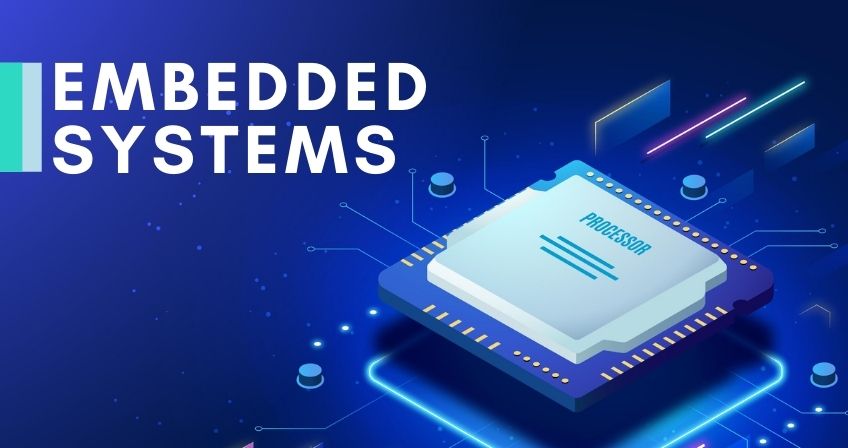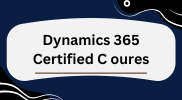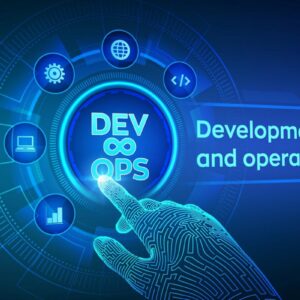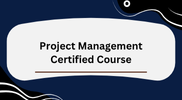Description
Course Description:
An “ Embedded Systems” refers to a training program that focuses on embedded systems, which are specialized computer systems designed to perform specific tasks within a larger system or device. These courses typically cover both hardware and software aspects of embedded systems development.
Key Features of Course Divine:
- Collaboration with E‑Cell IIT Tirupati
- 1:1 Online Mentorship Platform
- Credit-Based Certification
- Live Classes Led by Industry Experts
- Live, Real-World Projects
- 100% Placement Support
- Potential Interview Training
- Resume-Building Activities
Career Opportunities After Embedded Systems:
- Automotive
- Healthcare/Medical Devices
- Aerospace & Defense
- Industrial Automation
- Telecommunications
- Smart Home and IoT Startups
- Robotics and Drones
- Wearable Technology
Essentials Skills You will Develop Embedded Systems:
- Embedded C/C++ Programming
- Microcontroller and Microprocessor Architecture
- Real-Time Operating Systems (RTOS)
- Peripheral Interface Programming
- Embedded Hardware Debugging
- Hands-on with IDEs and Tools
Tools Covered:
- Keil uVision – IDE for ARM-based microcontrollers
- MPLAB X – For PIC microcontrollers
- Atmel Studio – For AVR and SAM microcontrollers
Syllabus:
Module 1: Introduction to Embedded Systems Definition and characteristics of embedded systems Embedded vs. general-purpose systems Applications of embedded systems Design metrics: power, cost, size, performance Challenges in embedded system design.
Module 2: Embedded System Architecture Processor types: microcontroller, microprocessor, DSP, FPGA Harvard vs. Von Neumann architecture RISC vs. CISC architectures Memory types: ROM, RAM, EEPROM, Flash System-on-Chip (SoC) and multiprocessor systems.
Module 3: Microcontrollers and Microprocessors Introduction to 8051, ARM, AVR, and PIC microcontrollers Architecture and instruction set Ports, timers, interrupts, and serial communication Programming microcontrollers in C and assembly.
Module 4: Embedded Programming Embedded C programming essentials Compiler, assembler, linker, loader Startup code, memory layout, and stack usage Bit manipulation, ISRs (Interrupt Service Routines) Debugging and testing embedded code.
Module 5: Interfacing and Peripherals GPIOs, ADCs, DACs Timers/counters, PWM
Serial protocols: UART, SPI, I2C External devices: LEDs, switches, keypads, LCDs, sensors.
Module 6: Real-Time Operating Systems (RTOS) Need for RTOS in embedded systems RTOS architecture: kernel, tasks, schedulers Task communication: semaphores, mutex, queues, mailboxes Concepts of priority, context switching, deadlock Popular RTOS examples: FreeRTOS, VxWorks, RTEMS.
Module 7: Communication Interfaces & Protocols Communication basics and baud rate Wired: RS-232, RS-485, CAN, USB Wireless: Bluetooth, Zigbee, Wi-Fi IoT protocols: MQTT, CoAP Integration with GSM/GPRS modules.
Module 8: Embedded System Development Tools IDEs: Keil, MPLAB, Arduino IDE, STM32CubeIDE Hardware tools: JTAG, logic analyzers, oscilloscopes In-system programming (ISP), in-circuit emulation (ICE) Simulation and debugging techniques.
Module 9: Power Management and Reliability Power consumption in embedded systems Low-power design techniques Watchdog timers, brown-out detectors Electromagnetic interference (EMI) and shielding Reliability, fault tolerance, and safety.
Module 10: Embedded Systems Applications & Project Case studies: automotive, medical devices, consumer electronics, robotics, IoT Capstone project involving design, coding, testing Embedded Linux or Raspberry Pi applications.
Industry Projects:
- Home Automation System Using IoT
- Smart Traffic Light Controller
- Temperature & Humidity Monitoring System
- GPS-Based Vehicle Tracking System
- Obstacle Avoidance Robot
- Digital Attendance System Using RFID
Who Is This Program For?
- Engineering Students & Graduates
- Working Professionals
- Freshers & Job Seekers
- Hobbyists & Makers
- Faculty & Educators
How To Apply:
Mobile: 9100348679
Email: coursedivine@gmail.com









Reviews
There are no reviews yet.